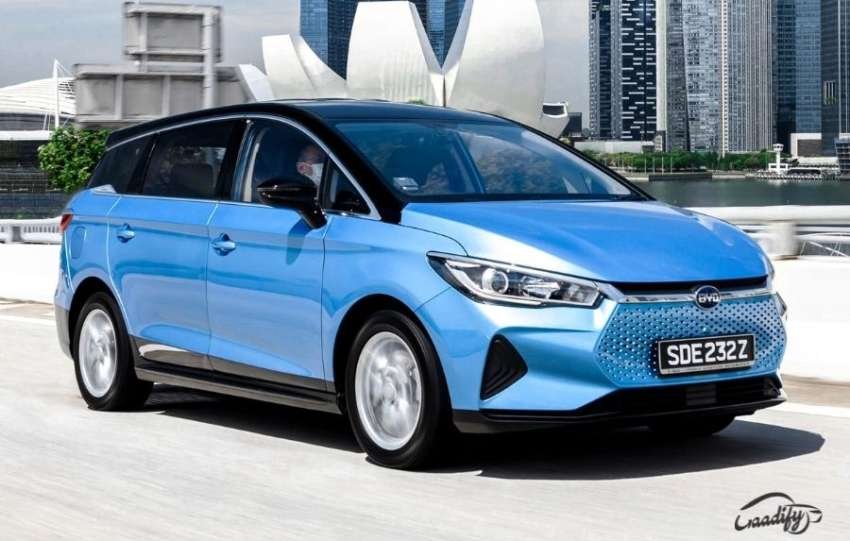India is one of the largest consumers of crude oil. Geographically, India is not the richest as far as oil reserves are concerned which essentially means that the majority of oil demand is satisfied on the back of imports from other countries.

This means that the fuel that helped you to cook your last meal or even the one present inside your bike’s fuel tank has come far miles and seen various stages of processing. This perhaps is the reason why many complications lie beneath details of fuel prices and the facts that its prices are regulated both with respect to time and area, for an instance prices vary for different cities even in the same state.
In order to put down the process of determination of fuel prices vividly and in a straightforward manner, we thought of easing this process out. So if the question concerning the procedure of fuel pricing has ever knocked the curious side of your brain, reading through will definitely help.
Fuel terminology and taxations
- The price at which fuel is purchased is called Free On Board (FOB) Price.
- Purchased fuel is then supposedly transported from the nearest source port to an Indian port, the price addition in this process is called Ocean Freight.
- The resultant price at the end of the second stage is called Cost and Freight price.
- Cost and Freight price (C & F Price) = Ocean Freight + FOB
- After the fuel reaches the Indian port, import duty is added to the C & F Price. The import changes include other charges like Insurance charges, port charges, and ocean losses.
- The government imposes a custom duty on fuel at this stage, which happens to be 2.5% of C & F Price.
- The total of all the prices till this stage is called the parity price PP. It can be defined as the price paid by fuel companies at an Indian Port.
- PP = C&F Price + Import Duty + Custom Duty
- After fuel is processed in the refinery, a term called refinery transfer price (RTP) is incorporated. It can be defined as the price paid by oil marketing companies to refineries.
- The Refinery transfer price (RTP) added with Inland Freight (Cost involved with the transportation of fuels from refinery to retail outlet) and Involved Marketing cost (Cost involved in advertising) is called Total Desired Price (TDP).
- TDP = RTP + Inland Freight + Involved Marketing cost
- That is where important taxations like Excise Duty (from central government) and VAT (from the state government) are added. After the additions, the retail price of the fuel is obtained.
- The Excise duty is responsible for the majority of the difference between the prices of petrol and diesel.
- It is the addition of the VAT (the state government has the power of regulating VAT ) that basically is responsible for the difference in the prices across different states.
- The factor responsible for different districts within a state can be attributed to municipality-related taxes.


